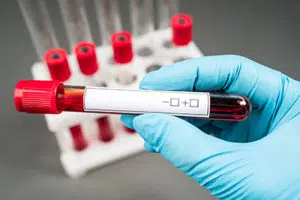STUDY HYPOTHESIS AND DESCRIPTION
ME/CFS, a condition diagnosed by symptoms like extreme tiredness after exertion (known as post-exertional malaise), ongoing fatigue, and mental cloudiness or “brain fog,” may stem from a basic problem with how energy is made and used in the body.
We hypothesize that in ME/CFS, nitrogen compounds might be mishandled in immune cells because the mitochondria (energy factories of the cell) are using amino acids (building blocks of proteins) to make energy. To explore this idea, scientists will grow immune cells from blood samples and feed them special types of sugar, fats, and amino acids that can be tracked. This will allow them to see how the metabolism of these cells in ME/CFS patients is different from people without the condition.
This study uses innovative methods to deepen our understanding of ME/CFS and possibly uncover the root causes of its symptoms.
OBJECTIVES
